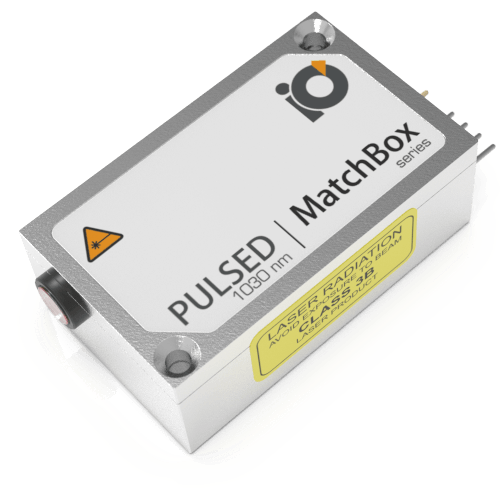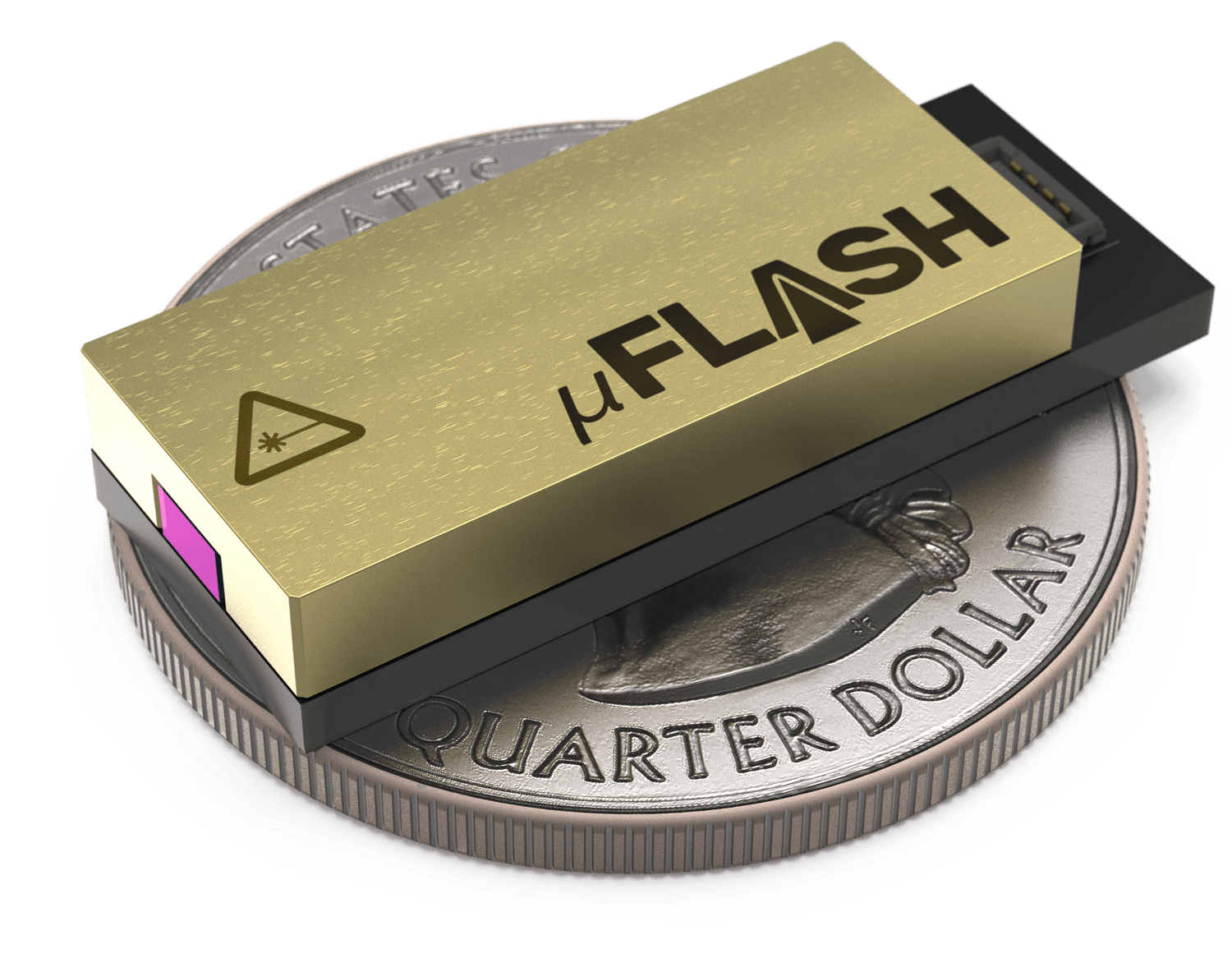Flash LiDAR

Flash LiDAR is an advanced remote sensing technology that utilizes laser pulses in a rapid, sweeping fashion to create high-resolution 3D maps of the surroundings. Unlike traditional Lidar systems that rely on scanning mechanisms, Flash Lidar captures the entire scene simultaneously, providing real-time and comprehensive spatial information. This innovative approach enhances the speed and efficiency of mapping, making Flash Lidar well-suited for applications in autonomous vehicles, robotics, and environmental monitoring.
LiDAR stands for Light Detection and Ranging. This technology is used for measuring distances between the LiDAR unit and different objects. Almost every LiDAR sensor contains a UV, visible or NIR laser source to map and image objects with a wide range of materials, including non-metallic objects, rocks, rain, chemical compounds, aerosols, clouds, and even single molecules.
Typically, a pulsed laser sends a laser beam out and then detects a reflection. Then, the sensor knows the time of light travel and looking at it, the distance between the object and the sensor can be determined. But the true usefulness of LiDAR is not a single distance measurement, but rather millions of measurements in different angles.
The lasers Integrated Optics manufacture are a great fit for Flash LiDAR systems. The feature that makes this type of LiDAR distinct from other types is that it does not contain any moving parts. One may wonder, how a LiDAR unit without any moving parts can operate? Flash LiDAR does not need a mechanism for directing laser light in different directions like other LiDAR units do. Instead, it operates more like a camera - a laser beam is diffused and it illuminates the whole scene in a single flash.
Here is the basic concept of a Flash LiDAR system:
- A pulsed laser directs a collimated beam towards the objects in front of the sensor.
- The collimated beam goes through a beam spreader, so the whole scene could be illuminated at once. No scanning is required.
- The expanded beam then reaches the objects and light reflects off of them.
- A part of the light is collected by the receiving lens inside the sensor. It focuses the image in such a way that each of the pixels in the array get a discrete part of the signal.
As a light source, an array of emitters could be used, but most of the sensors use a pulsed laser source. Typical pulsed laser parameters for a LiDAR system are 3 ns pulse duration, 3 mJ pulse energy, while wavelength can vary in the NIR range (1030 nm, 1064 nm, 1550 nm).
Once the LiDAR systems that are offered to the market become cheap and reliable, there is no doubt that this technology will be widely used and will become mainstream. That is why a lot of experts believe, that the LiDAR sensors of the future should involve the least amount of moving parts as possible, as it is easier to make a reliable system without moving mechanisms.
Relevant Products
1030 nm Laser
Spectral line width FWHM, nm: 0.7
Output power, mW: As per request
Power stability, % (RMS, 8 hrs): 0.5
Pulse-to-pulse stability (RMS of peaks): 10
Warranty, months (op. hrs): 14 (10000)

1030 nm SLM Laser
Spectral line width FWHM, pm: 0.8
Power stability, % (RMS, 8 hrs): 0.5
Pulse-to-pulse stability, % RMS: 2

1030 nm Nanosecond Q-Switch Laser
Spectral line width FWHM, nm: 0.7
Pulse energy, µJ: 100
Pulse-to-pulse stability, %: 20
Warranty, months: 14 (Limited)
